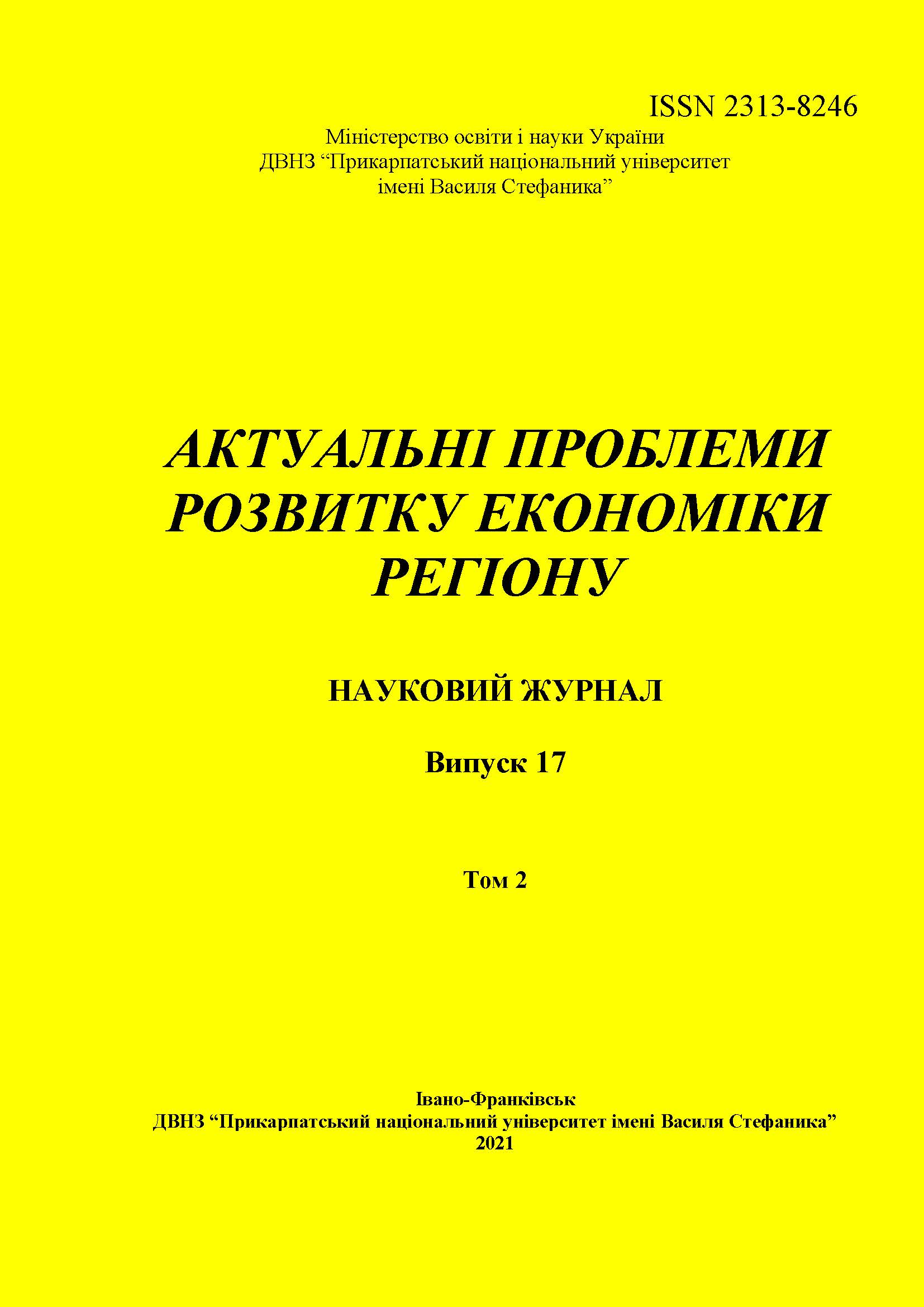СВІТОВІ НОВІТНІ ПІДХОДИ ДО РЕСУРСНОГО ЗАБЕЗПЕЧЕННЯ АВТОНОМНОГО ОСВІТНЬОГО ПРОЦЕСУ
DOI:
https://doi.org/10.15330/apred.2.17.20-30Ключові слова:
ресурсне забезпечення, фінансові ресурси, соціальні важелі, незалежний процесАнотація
У дослідженні на тему «Світові новітні підходи до ресурсного забезпечення автономного освітнього процесу» розглядається низка недавнього досвіду як із традиційними, так і з більш інноваційними механізмами розподілу ресурсів у всьому світі. Мета полягає в дослідженні перспективи інновацій та висвітленні досягнень, які можуть допомогти розробникам політики в країнах, що розвиваються, та країнах з перехідною економікою сформулювати стратегії підвищення ефективності їх державної політики щодо вищої освіти.
В праці описується розробка типології, що охоплює діапазон підходів до розподілу ресурсів для вищої освіти, що використовуються в даний час або розглядаються в різних країнах, у багатьох випадках документуючи шлях до інновацій, який все більше веде до механізмів, заснованих на підзвітності щодо основних результатів діяльності. Ця типологія включає не лише підходи, які безпосередньо фінансують установи, але й ті, що направляють кошти студентам.
Вирізнено основні причини стрімкого зростання попиту: економічна цінність здобуття вищої освіти практично у всіх країнах, що вимірюється показниками рентабельності чи іншими показниками, зростає швидше, ніж економічна віддача, що надходить тим, хто здобуває середню освіту або менше; у багатьох культурах існує сильний соціальний тиск на студентів з метою виходу за межі середнього рівня освіти з немонетарних причин, таких як більший соціальний статус та престиж у громаді; багато країн намагаються зробити свої програми вищої освіти більш актуальними, оскільки уряди та заклади вищої освіти децентралізують певні галузі з низьким рівнем попиту на робочу силу, такі як державне управління та освіта, на користь нових сфер, таких як інформаційні технології, техніка та наука.
Проаналізовано різні механізми розподілу, на скільки вони відповідають важливим політичним цілям, таким як розширений доступ та поліпшення власного капіталу, підвищення внутрішньої ефективності та стримування витрат, а також результати, пов'язані із підвищенням якості та релевантності.
У праці розглядаються необхідні умови для ефективного впровадження інноваційних механізмів розподілу, включаючи необхідність посилення адміністративної спроможності, сприяння прозорості, вирішення політичних аспектів фінансових реформ та передбачення непередбачуваних наслідків. Запропоновано напрями досягнення автономії фінансування освіти та умови забезпечення такого фінансування.
Посилання
1. Melnychuk, Y., Tkachuk, I., Tkachuk, Yu., Solodzhuk, T., and I. Kyryluk. “Economic Mechanism for Managing the Strategic Development of Territorial Communities.” Tem Journal, vol. 9, no. 4, 2020, pp. 1606-1613.
2. “Who Should Pay: Tuition Fees and Tertiary Education Financing in New Zealand?” Research Gate, www.researchgate.net/figure/Growth-in-tertiary-education-participation-in-New-Zealand_fig1_348851119. Accessed 01 Sept.2021.
3. “What is Education Finance?” Education Finance, www.edu-links.org/learning/what-education-finance. Accessed 03 Sept.2021.
4. “The Top Technology Innovations for Education.” The Ame Group, www.theamegroup.com/top-6-technology-innovations-education/ Accessed 03 Sept.2021
5. Serdyukov, Р. “Innovation in education: what works, what doesn’t, and what to do about it?” Journal of Research in Innovative Teaching & Learning, vol. 10, no. 1, 2017, pp. 4-33.
6. Heick, Т. “Examples Of Innovation In Higher Education.” Teachthought, www.teachthought.com/the-future-of-learning/examples-of-innovation-in-higher-ed/ Accessed 05 Sept.2021.
##submission.downloads##
Опубліковано
Номер
Розділ
Ліцензія
Автори, які публікуються у цьому журналі, погоджуються з наступними умовами:
- Автори залишають за собою право на авторство своєї роботи та передають журналу право першої публікації цієї роботи на умовах ліцензії Creative Commons Attribution License, котра дозволяє іншим особам вільно розповсюджувати опубліковану роботу з обов'язковим посиланням на авторів оригінальної роботи та першу публікацію роботи у цьому журналі.
- Автори мають право укладати самостійні додаткові угоди щодо неексклюзивного розповсюдження роботи у тому вигляді, в якому вона була опублікована цим журналом (наприклад, розміщувати роботу в електронному сховищі установи або публікувати у складі монографії), за умови збереження посилання на першу публікацію роботи у цьому журналі.
- Політика журналу дозволяє і заохочує розміщення авторами в мережі Інтернет (наприклад, у сховищах установ або на особистих веб-сайтах) рукопису роботи, як до подання цього рукопису до редакції, так і під час його редакційного опрацювання, оскільки це сприяє виникненню продуктивної наукової дискусії та позитивно позначається на оперативності та динаміці цитування опублікованої роботи (див. The Effect of Open Access).


